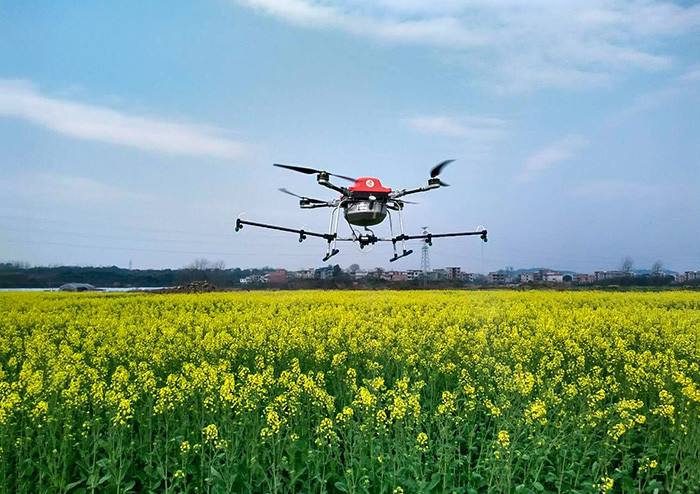Agricultural drones are rapidly transforming the landscape of modern farming. These versatile devices have found their way into various agricultural practices, from crop monitoring and precision agriculture to disease control and land mapping. Their applications not only enhance productivity but also contribute to reducing the environmental impact of agriculture, making them a vital tool for the future of farming.
Agricultural drones, also known as UAVs (Unmanned Aerial Vehicles), have become indispensable to farmers worldwide. They are equipped with advanced sensors, cameras, and other specialized tools that provide invaluable data. This data aids farmers in making more informed decisions, leading to increased yields and reduced resource wastage.
One of the most significant contributions of agricultural drones is in precision agriculture. These drones can capture real-time data on soil conditions, crop health, and moisture levels. This information allows farmers to precisely manage their resources, including fertilization, irrigation, and pest control. With this level of precision, farmers can reduce the use of fertilizers and pesticides, leading to a more sustainable and environmentally friendly farming process.
In addition to precision agriculture, agricultural drones are vital in crop monitoring. They can provide high-resolution images and data about the state of crops in different areas of a farm. This helps farmers identify potential issues such as nutrient deficiencies, diseases, or pest infestations. Early detection allows for targeted intervention, reducing the need for extensive treatments and preserving the health of the crop.
Furthermore, agricultural drones are an essential asset in disaster management. They can monitor and assess natural disasters like floods, droughts, and wildfires. The timely and accurate data they provide is crucial for early intervention and damage control. By enabling quick responses to these emergencies, drones can help save livelihoods and minimize economic losses.
Drones are not limited to the field but also contribute to effective land management. Their high-resolution mapping capabilities assist farmers in understanding the characteristics of their land. This information is invaluable in optimizing crop planning, land usage, and farm design. The Geographic Information Systems (GIS) capabilities of drones enhance the precision of land planning, leading to improved overall efficiency.
The future of agriculture looks promising with the continued development of agricultural drones. These devices are evolving rapidly, offering even more advanced functionalities. They are set to become an integral part of modern farming practices, helping farmers manage their land and crops more efficiently. By promoting sustainability and improving food production, agricultural drones are paving the way for a more environmentally friendly and productive agricultural sector.
In conclusion, agricultural drones are a game-changer in modern farming. Their multifaceted applications encompass precision agriculture, crop monitoring, disaster management, and land mapping. These drones empower farmers with data that facilitates better decision-making, increases productivity, and promotes sustainability in agriculture. The future of farming is undoubtedly set to soar to new heights with the help of agricultural drones.







Please sign in to comment
register